Affiliate links on Android Authority may earn us a commission. Learn more.
The fall of HUAWEI: What we've lost and what we've gained
June 5, 2021
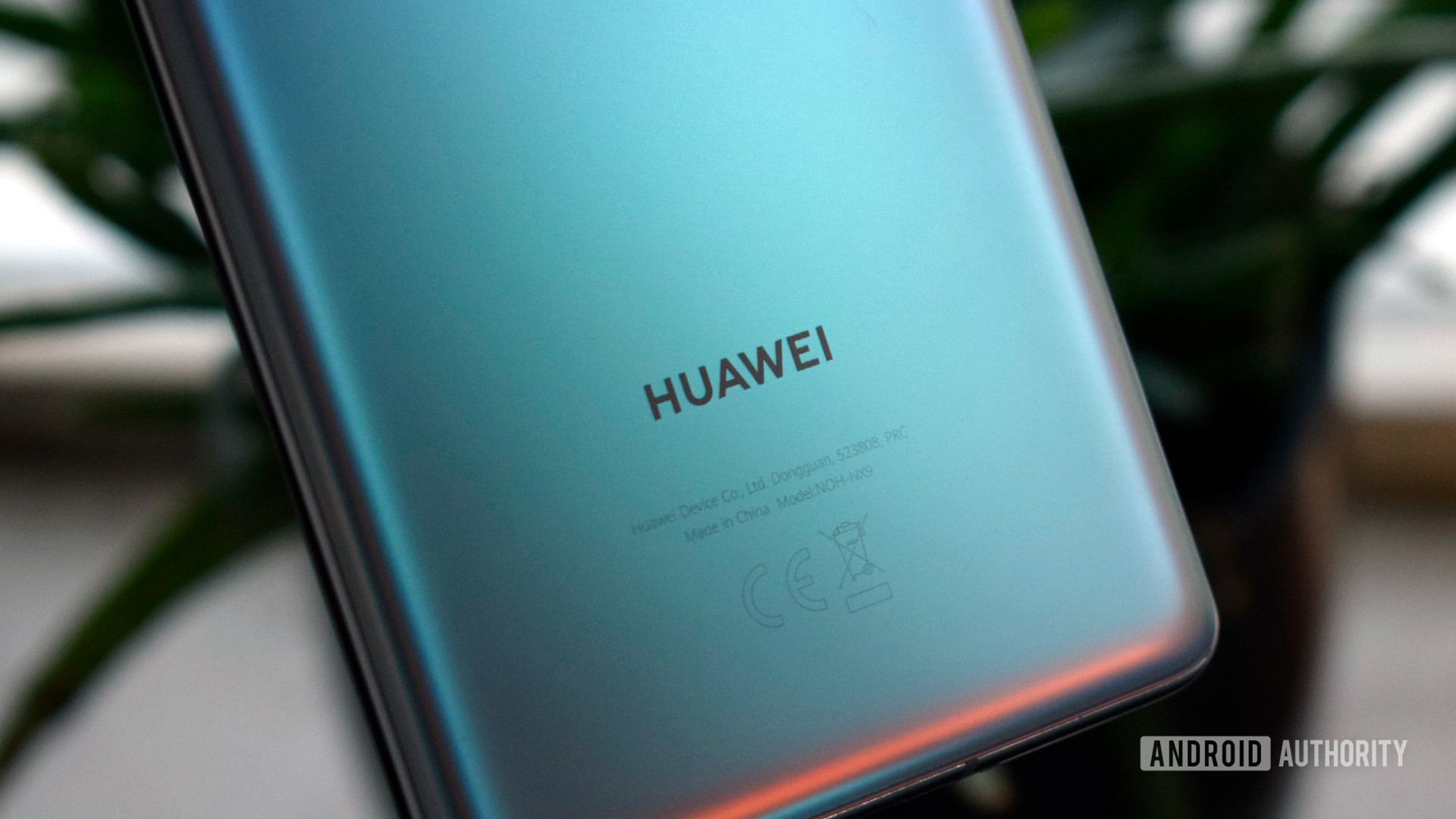
At this point, you know the story: in May 2019, then-US president Donald Trump brought the hammer down on Huawei. By issuing an executive order placing the company on a so-called “Entity List,” he essentially cut the company’s smartphone division off at the legs. Since then, the division has limped along as best it can.
In 2020, though, HUAWEI very briefly overtook Samsung to become the world’s biggest smartphone manufacturer. This feat affirmed a years-old claim the company made about doing just that. Today, however, only about a year later, HUAWEI isn’t number one in the industry. In fact, it’s not even in the top five anymore.
Related: The HUAWEI ban explained: A complete timeline and everything you need to know
This outcome isn’t too surprising. Without access to American firms — most notably Google, on which the Android ecosystem heavily depends — it was only a matter of time before HUAWEI’s global phone ambitions crumbled. What is surprising is that the Trump administration — and, eventually, the Biden administration — never revoked or weakened the powers of the Entity List. In fact, it’s only gotten worse. Technology pundits and even HUAWEI itself seemed to think the so-called “HUAWEI ban” would be a significant but temporary setback. That doesn’t appear to be the case, though.
With two years gone and the smartphone industry accepting that HUAWEI is no longer a global player, it’s time to take a look at where we stand. What has changed about the industry without HUAWEI? Is the industry better or worse off now? And, most importantly, what will happen to HUAWEI?
What we’ve lost
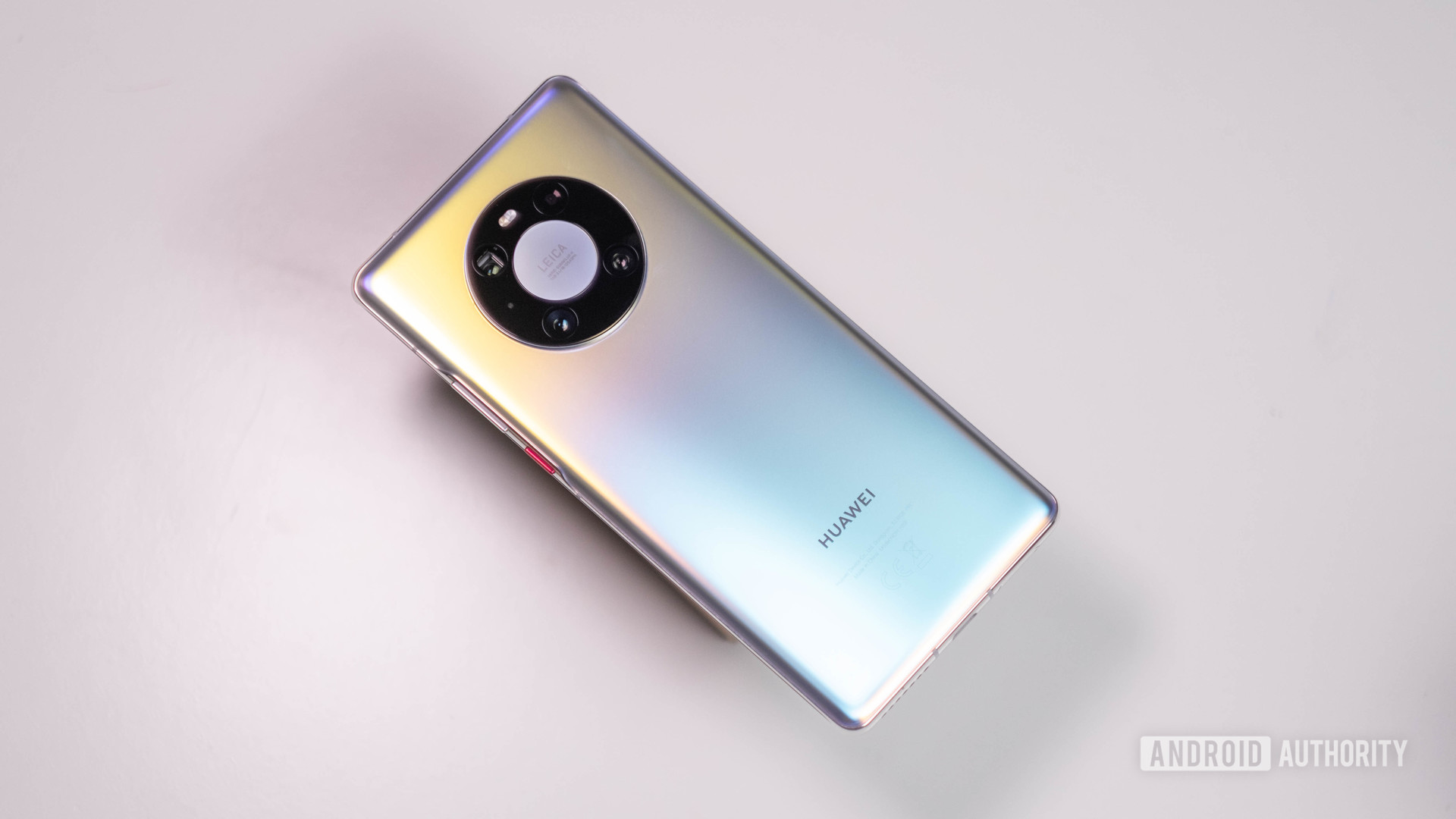
Without fail, the two annual major HUAWEI smartphones — the P series and Mate series — have ended up being some of the best of the year. Whether it’s the top-end specs, the incredible design prowess, or the stellar photography experience, a HUAWEI flagship has traditionally been easy to recommend for any smartphone buyer. Now, though, we’d be remiss to recommend anyone outside of China buy a HUAWEI phone. It’s a damn shame.
That loss will have a ripple effect across the entire industry. Without HUAWEI pushing other companies — most specifically Samsung — to innovate, it’s likely we’ll see less boundary-pushing and more incremental iteration from the big players. Granted, Samsung still needs to contend with Apple and the litany of Chinese manufacturers, so it can’t exactly rest on its laurels. But for the past five years, HUAWEI was its biggest competitor in the Android world. Now that competition is gone.
HUAWEI brought competition to the premium smartphone space. Now that competition is gone.
Notably, HUAWEI was also the best competitor to Samsung we had in the foldables space, with incredible devices like the Mate X2. Although there are plenty of companies with foldables on the way, Samsung now has free rein in the early days of what could be the future of mobile.
And don’t forget that HUAWEI didn’t just compete with other smartphone OEMs. It also competed with silicon manufacturers such as Qualcomm. While HUAWEI’s Kirin chipsets never matched the capabilities of the latest flagship Snapdragon processor, they certainly held their own, especially in regards to neural processing. Going forward, Qualcomm only needs to worry about Samsung in the flagship Android space (at least for now). That isn’t terrific news for innovation.
Of course, where one player exits the game, that makes room for a new player to enter. Or, in this case, players.
What we’ve gained
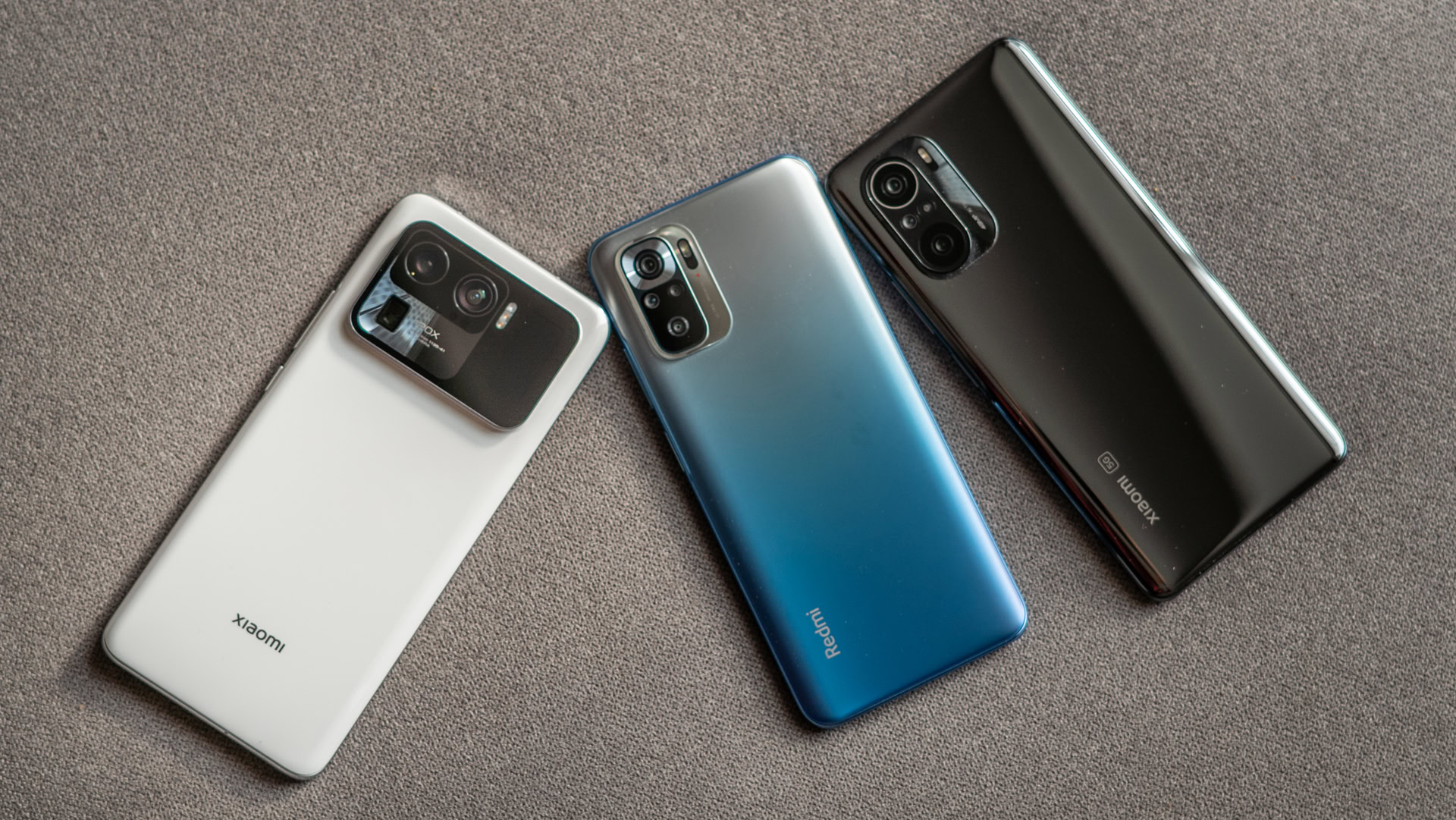
When HUAWEI exited the list of the top five smartphone vendors globally, it allowed other Chinese companies to step up. The biggest winner here is undoubtedly Xiaomi, which now sits in third place under Samsung and Apple. Although it will take a long while before it has even a chance to overtake Samsung, it’s possible it could overtake Apple in only a year or two.
Meanwhile, several brands under the BBK banner have also moved up, including OPPO, vivo, and realme. In the case of realme, it is now the sixth-largest smartphone OEM after being in existence for just three years. That’s astounding.
See also: US-China trade war: Why every Chinese phone maker should prepare for the worst
These companies all fighting for HUAWEI’s shrinking piece of the pie is good news. The fierce competition will invariably result in better phones at lower prices. Of course, all of these Chinese companies have zero presence in the US, which means the vast majority in the States will continue to be mostly stuck with two choices: Samsung or Apple.
The wildcard here could be OnePlus. That brand is the only Chinese OEM with a footprint in the United States and the (unspoken) backing of BBK behind it. It’s possible we could see bigger global ambitions from OnePlus over the next year.
Finally, we can’t forget about Google. While Google has never even come close to being a top-five vendor, its new apparent strategy of creating its own silicon and finally pushing its camera hardware up a notch could make it a notable competitor. However, Google has made a lot of poor decisions over the past five years, so it has some catching up to do.
Where does that leave us?
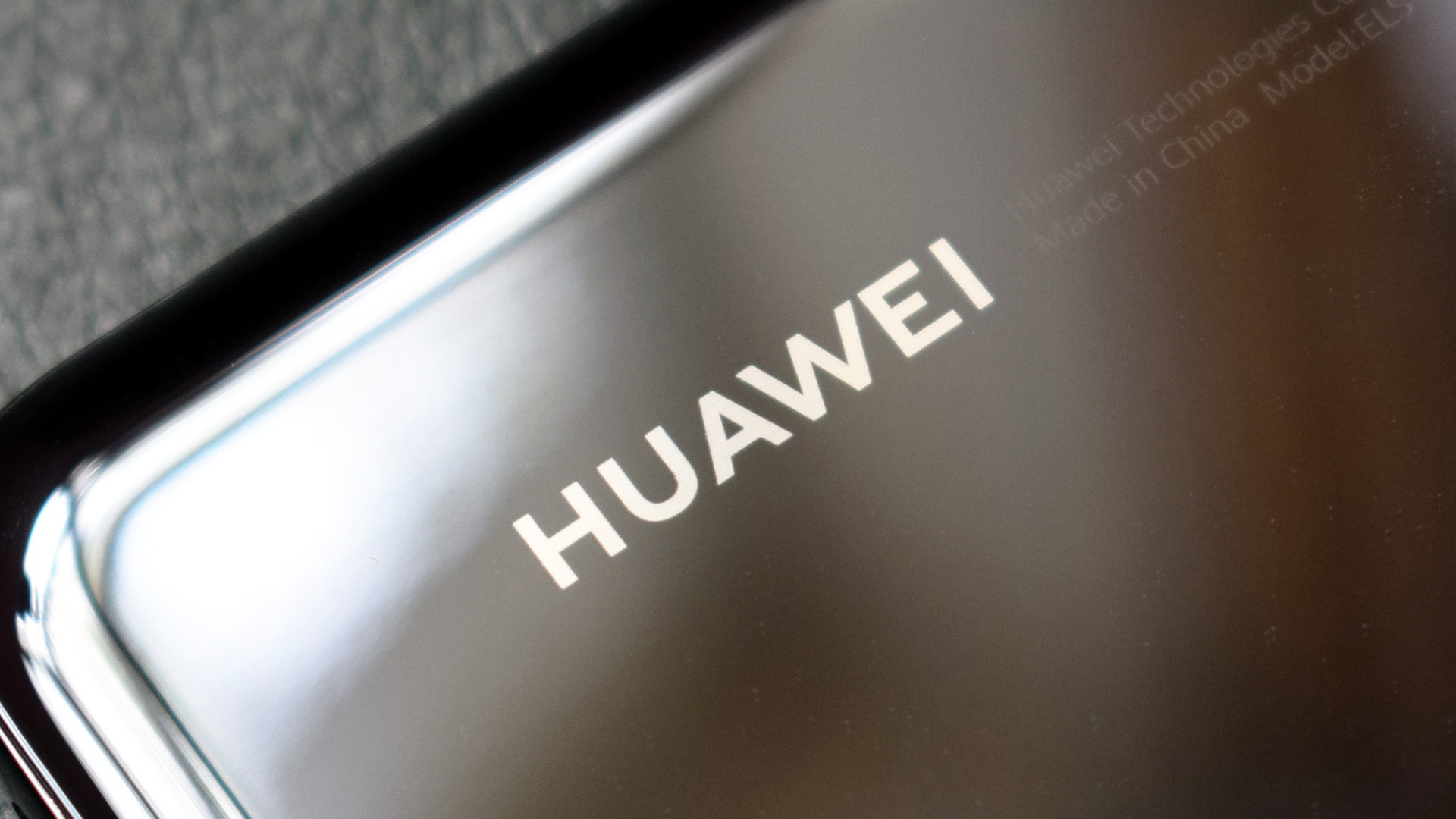
Obviously, it’s tricky to say right now if what we’ve lost by the US pushing HUAWEI to the sidelines will be outweighed by what we’ll gain from increased Chinese competition. On the one hand, the top global players all feared HUAWEI. Now that fear is gone. On the other hand, where one behemoth once stood we now have many smaller beasts in its place. That brings a new kind of fear.
It’s very possible that HUAWEI’s exit will be good for the industry in the end. As realme, POCO, and other budget-minded players fight fiercely for the next billion customers in developing nations, Xiaomi, OPPO, and vivo can duke it out for space at the premium flagship table. Meanwhile, Samsung and Apple will continue to crib from each other at the top of the heap. That seems like business as usual.
In the end, the smartphone industry might need a HUAWEI.
However, there is a gnawing feeling that what the industry really needs is a HUAWEI. For the time being, Samsung and Apple don’t need to worry about a third company sitting at their table. While HUAWEI’s lack of a footprint in the US prevented it from ever truly being on the same level in the premium space as Samsung and Apple, at least there was a threat that that day could come. In fact, that was a threat that was very real just a year prior to the trade ban, when HUAWEI was preparing to enter the market in partnership with AT&T. Now a different company making that day reality is years off — if it ever comes at all.
Finally, there is the elephant in the room: what happened to HUAWEI wasn’t fair play. It’s not like HUAWEI failed to innovate or made too many fumbles like LG. It’s not like it botched its own long-term development like Motorola. HUAWEI is no longer in the game because the United States government decided that’s what needed to happen. How does that change the industry as a whole? What does that mean for all the other Chinese brands? Time will tell, but it’s certainly a nerve-racking development.
HUAWEI will survive
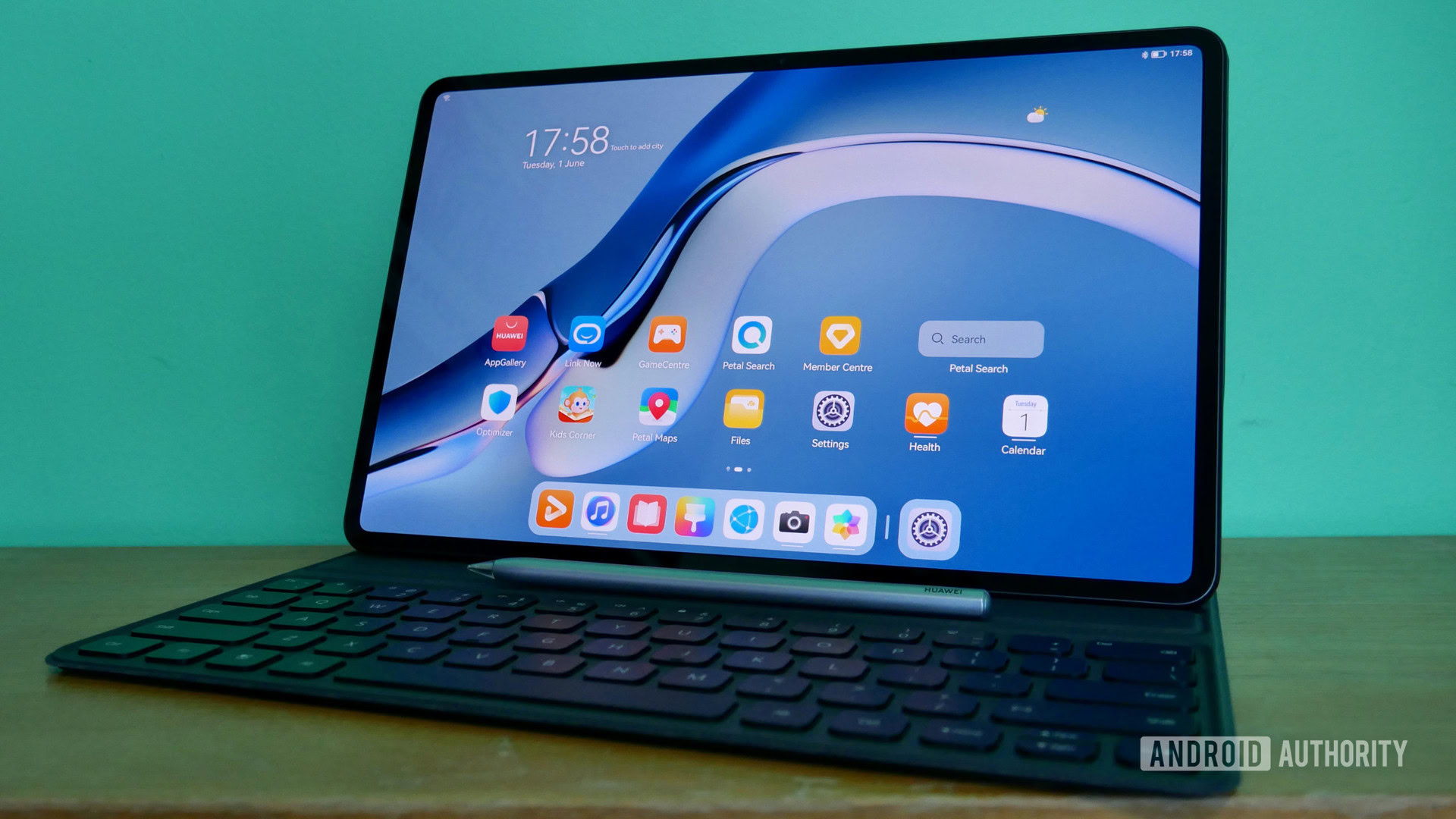
This article has a lot of doom-and-gloom to it. However, the important thing to remember about HUAWEI is that it isn’t going anywhere. Sure, its smartphone division may be limited mostly to its enormous Chinese audience, but that’s not all HUAWEI does.
Over the next few years, we anticipate HUAWEI pushing its considerable talents within other technology spaces. We’ll continue to see HUAWEI tablets, computers, wearables, and audio products. We’ll also likely see the company expand into new tech spheres such as virtual reality, transportation, and possibly even health.
HUAWEI is a beloved brand in China and has support from that country’s government. It has and will continue to have billions of customers. It is, quite literally, too big to fail. The rollout of Harmony OS only a few days ago highlights how HUAWEI is determined to push forward with its smartphone division — with or without help from American firms. Sure, so far Harmony OS has the functional appearance of Android 10 with a new coat of paint, but it proves that HUAWEI intends to continue to provide China with plenty of smartphones.
The company’s days in the global smartphone market, though, appear to be mostly over. We’ll be able to say over the next few years whether that ultimately had a net positive or net negative effect. Until then, we can only lament that the industry has lost one of its most important players, and will never be quite the same.
Thank you for being part of our community. Read our Comment Policy before posting.